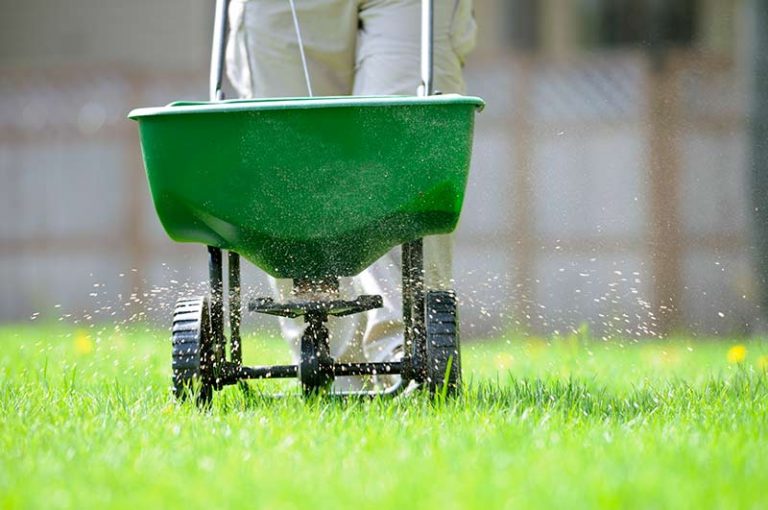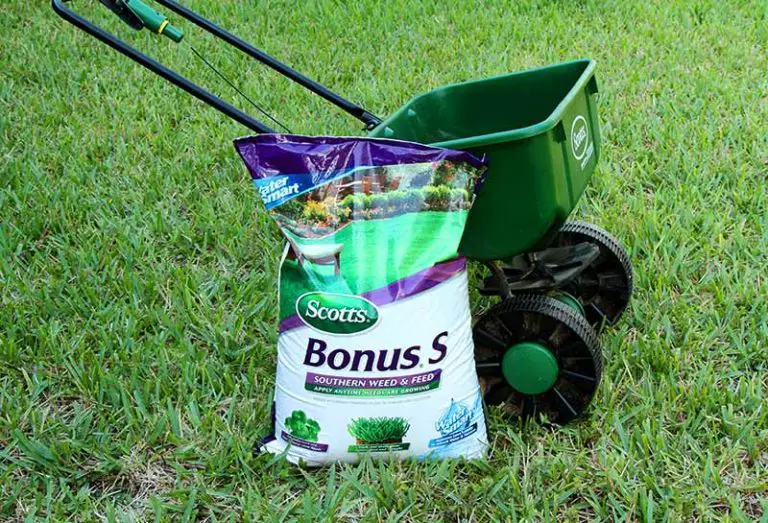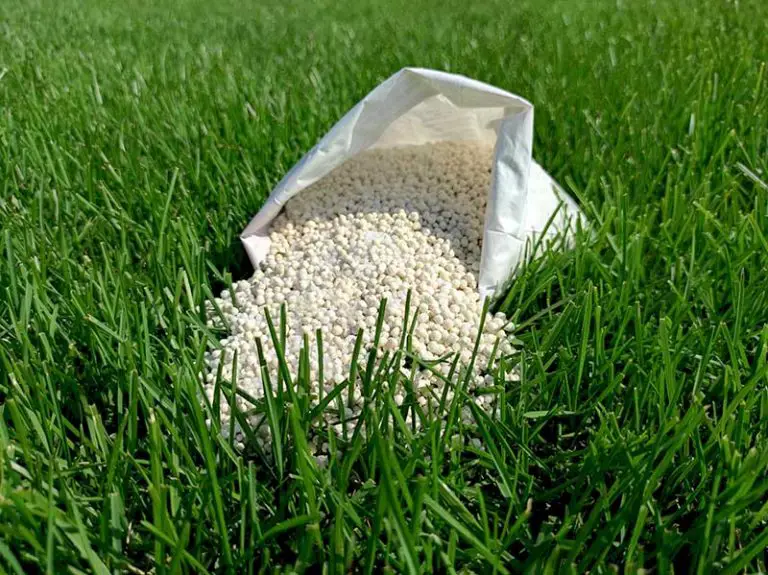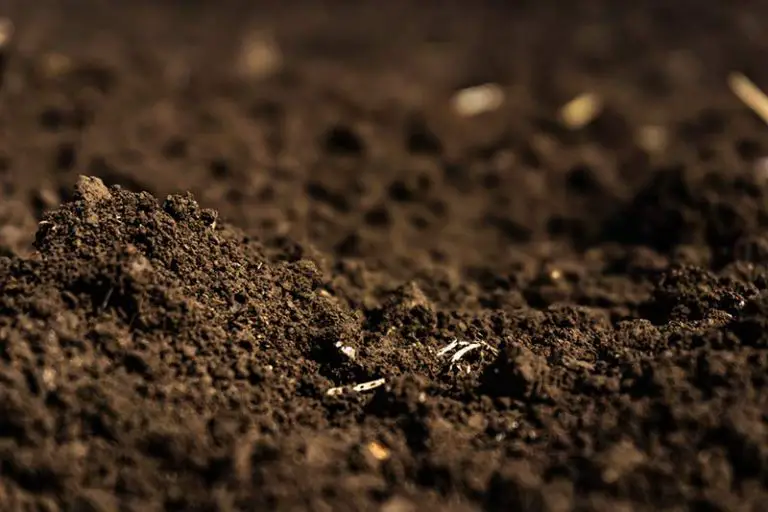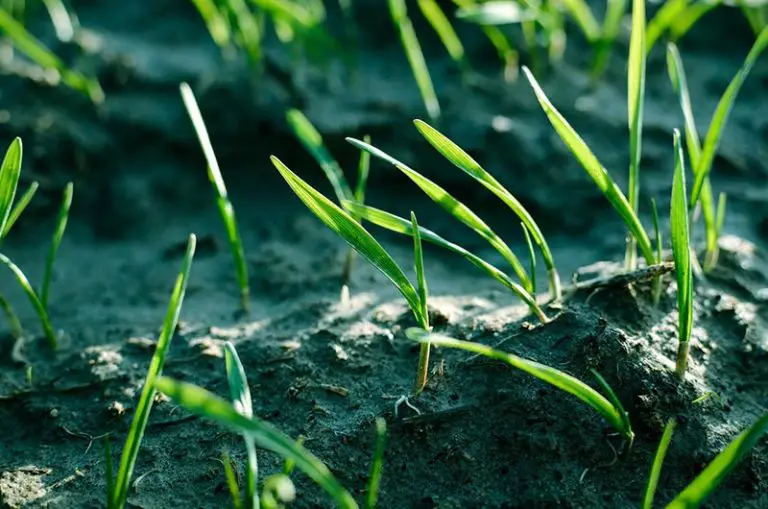Boost Your Soil’s Phosphorus Levels Easily
Along with nitrogen and potassium, phosphorus is one of the most important nutrients needed by all plants to grow. It provides several essential functions in plants, being involved in their processes of respiration and photosynthesis. Without enough phosphorus, your plants will suffer from stunted growth, poor root systems, and discolored foliage.
There is a range of materials you can use to add phosphorus to your soil naturally; substances that provide a quick-release boost of phosphorus include bone, fish, and kelp meal; longer-term solutions involve adding organic compost, manure, clay particles, or rock phosphate to the soil. Alternatively, adjusting the pH of your soil may be all that’s necessary to improve phosphorus availability to your plants.
What Does Phosphorus Do For Plants?
Phosphorus is one of the most important nutrients necessary for plant growth, being primarily responsible for new tissue formation and cell division, in addition to several other crucial functions.
In order to grow, all plants require 17 different essential nutrients present in varying amounts in their soil. These nutrients are divided into 3 groups based on their relative importance; micronutrients are needed in the least amounts, such as copper, iron, and zinc, while secondary nutrients like calcium and magnesium are necessary in more moderate amounts. The 3 most important nutrients for plant growth, known as primary nutrients, are nitrogen, phosphorus, and potassium.
All of these nutrients perform different functions to do with the plant’s structure, growth, and feeding processes. Looking at phosphorus specifically, this nutrient is essential for plants’ process of photosynthesis; this is the process by which plants take in energy from the sun, driving their growth and reproduction. Phosphorus is also a key component of sugar phosphates and is involved in plants’ respiration.
Basically, phosphorus is responsible for any kind of cell reproduction in plants, from extensive root systems to high yields in fruit and vegetable crops. Sufficient levels of phosphorus in soil promote plants’ early root growth, water retention, winter hardiness, and the formation of seeds.
Signs You Need to Add Phosphorus to Soil
It can sometimes be difficult to spot a phosphorus deficiency, but there are some telltale signs to look out for in your plants:
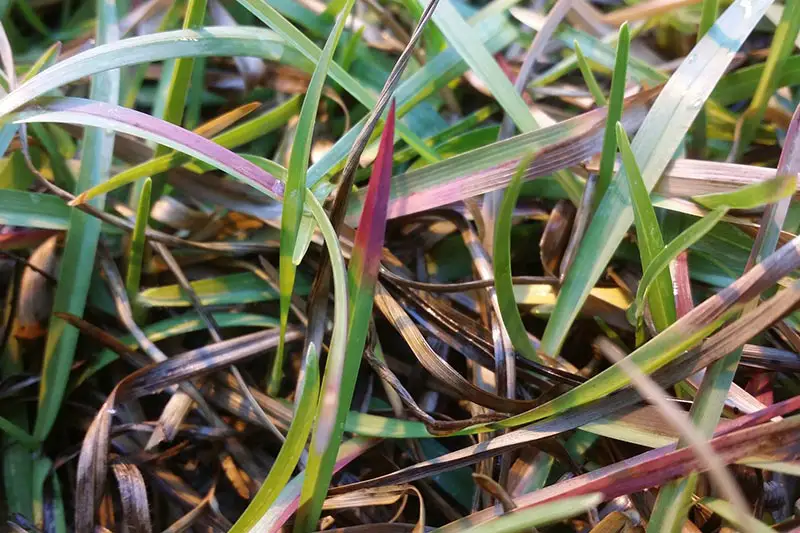
- Stunted shoot growth
- Fewer flowers, fruits, or seeds
- Increased root growth
- Weak or shallow roots
- Small new leaves
- Dark green, reddish, reddish-purple, or purple leaves
Without enough phosphorus, plants typically suffer stunted shoot growth; new leaves are unusually small on plants growing in soils without enough phosphorus, and they produce fewer flowers or fruits. To counteract this, many plant species may see an increase in root growth, resulting in an uneven shoot to root ratio. Root systems may also be unusually shallow or weak.
Another distinctive symptom of a phosphorus deficiency in soil is the discoloration of plants’ foliage. Leaves will initially turn a dark, dull shade of green or blue-green, or may appear pale in severe cases. As sugars develop in the plant, anthocyanin pigments cause the foliage to turn a reddish, reddish-purple, to dark purple color. These symptoms typically develop first on the plant’s older foliage, before spreading to the new growth.
Take note that these symptoms aren’t automatically a sign of a phosphorus deficiency. The darkened coloring may simply be a natural characteristic of the plant, or it could be a sign of insect damage. Also, in immature plants, the signs of a nitrogen deficiency can appear very similar to those of a phosphorus deficiency. If you’re not entirely sure, the best way to determine whether your soil is lacking phosphorus is to test it – as we explain later in this article.
How Soil pH Affects Phosphorus Availability
Even if you have sufficient levels of phosphorus in your soil, soil pH can affect how plants take it up. If your soil pH level is too low or too high, your plants aren’t able to take the phosphorus in, regardless of how much of the nutrient is actually present.
Depending on the pH level, phosphorus can become highly reactive with other chemicals in the soil. For example, in low pH soils (i.e. highly acidic with a pH level below 5.5), phosphorus reacts with aluminum. In high pH soils (i.e. highly alkaline with a pH level over 7.3), phosphorus reacts with calcium. When phosphorus reacts with these chemicals, they ‘bind’ the nutrient. This transforms the chemical composition of the phosphorus molecules, essentially turning them into a format that plants are unable to take in.
Therefore, when testing your soil for a potential phosphorus deficiency, it’s important to also pay attention to its pH level. For phosphorus to be most available to plants, your soil must be in a pH range between 6.5 and 7.0.
Again, the best way to determine the pH level of your soil is to test it. If your test reveals that you have enough phosphorus but an incorrect pH level, you will need to remedy this first; attempting to add more phosphorus to the soil will be useless as long as the pH is incorrect.
How to Test For Phosphorus in the Soil
When it comes to testing your soil, you have two options: you can either send a sample to a lab for professional testing or test it yourself using an at-home kit.
Professional laboratory testing will provide you with the most accurate information on the nutrient content and pH of your soil. All you need to do is take a sample of your soil and send it off to a private laboratory that will test it for you, usually for a small fee. You could also get in contact with your local extension office as this is a service that they often provide; they will also likely in be able to provide you with expert guidance and advice tailored to your results.
Alternatively, you can get a good idea of the nutrient content in your soil by testing it yourself using an at-home kit. These kits are easy-to-use and low-cost, providing basic information on the nutrient and pH levels in your soil. Although they offer less accurate results than professional testing, it’s a good idea to have an at-home testing kit on hand; they can provide you with an instant indication of your soil’s nutrient and pH content as soon as you notice the symptoms of a potential deficiency.
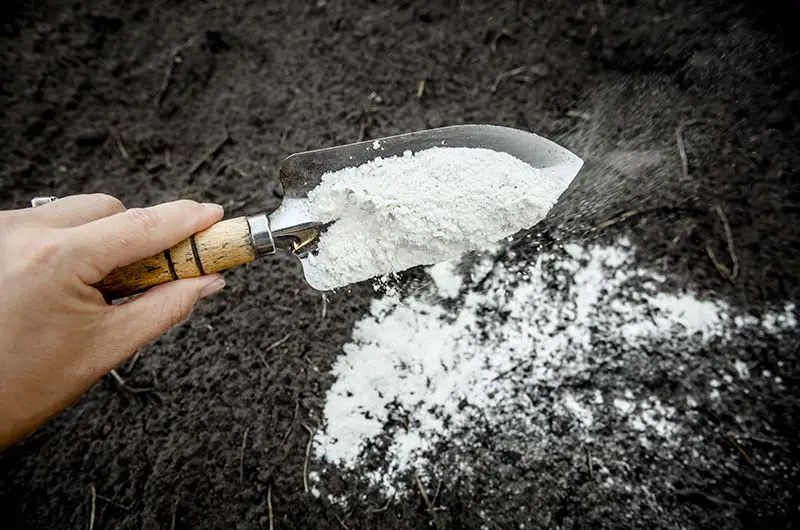
How to Add Phosphorus to Soil Naturally
There are several substances you can use to add phosphorus to soil naturally, without needing to deploy harsh inorganic fertilizers. These substances include:
Bone Meal
Bone meal is a soil amendment made from ground-up animal bones. It is a rich source of phosphorus, containing a concentration of 15%, present along with a small amount of nitrogen. This substance works quickly to enrich soil and nearby plants with its nutrients.
Fish Meal
Fish meal is a similar amendment, being made from cooked fish skins that have been ground up. It too contains substantial amounts of phosphorus and nitrogen, and will also work quickly to release these nutrients into the surrounding soil.
Kelp Meal
Another similar amendment is kelp meal, which is made from ground-up seaweed. This substance often comes in a liquid form to be used as a foliar spray. When sprayed directly onto plant foliage, kelp meal provides an instant boost in phosphorus, nitrogen, and potassium. This method doesn’t provide much in terms of long-term nutrition; therefore it’s best when paired with a slow-release method such as one of the following.
Organic Compost
Organic compost is an excellent amendment for your soil for a number of reasons; in addition to providing the soil with phosphorus, the compost will release a number of other essential nutrients as it breaks down. This supplies your plants with a steady source of slow-release nutrients while also promoting the activity of live organisms in the soil. It is a more gentle source of phosphorus that will help to keep the soil enriched for longer.
Composted Manure
If your soil needs a significant boost in phosphorus, the best type of compost to use is that containing manure. Other types of organic compost will provide relatively small amounts of phosphorus in comparison. Take note that it’s essential for the manure to be well-decomposed before using this type of compost; fresh manure is more likely to burn your plants, so avoid using any manure aged less than 6-months.
Clay Soil
Your soil type is another factor that can affect the availability of phosphorus to your plants. Clay-heavy soils are better at retaining phosphorus, so adding solid clay particles can help remedy a deficiency in this nutrient. This will also improve your soil’s water retention and the retention of other essential nutrients.
Rock Phosphate
Rock phosphate is made from mined sedimentary rocks and contains clay and limestone. It is one of the most phosphorus-rich materials available, however, it is slower to act than other sources of the nutrient; the soil must convert the rock phosphate into a usable form of phosphorus before plants can take it up. Although this process is slow, it will provide your soil with a steady, constant source of phosphorus over many years.
Other Types of Rock and Sand Dust
There are some other types of dusts that function in a similar way to rock phosphate. These include substances such as granite dust, basalt, and greensand. They are rich in phosphorus and gradually release a number of other macro and micronutrients over several years beyond application.
How to Add Phosphorus to Soil (Step-by-Step)
Follow these steps to add phosphorus to your soil using your phosphorus-rich material of choice.
1. Test Soil
As we’ve explained, before attempting to amend your soil you should test it to determine its pH and nutrient content. You can either do this by sending it off to a professional lab or testing it yourself using an at-home kit.
2. Remove Weeds From Area
Before adding any amendments, first clear the area of weeds and other vegetation.
3. Adjust pH if Necessary
If the results of your soil test indicate that your pH is out of the 6.5 to 7.0 range, you’ll need to amend it with an appropriate material. For soils with a pH below 6.5, the best material you can use to raise pH is agricultural lime. For alkaline soils above 7.0, sulfur is instead the best material to use to lower pH.
4. Add Phosphorus-Rich Amendment
After preparing your soil, you can add your phosphorus-rich amendment of choice. Refer to the previous section if you’re unsure which amendment would be best; we recommend combining a quick-release source, such as bone meal, with a slow-release material like rock phosphate. Use a spade or tiller to work your chosen amendments into the top 8 to 12 inches of soil.
5. Water Area
Once you have tilled your amendment into the soil, give the whole area a good watering. This will carry the nutrients through the turf and triggers plants to begin absorbing them straight away.

